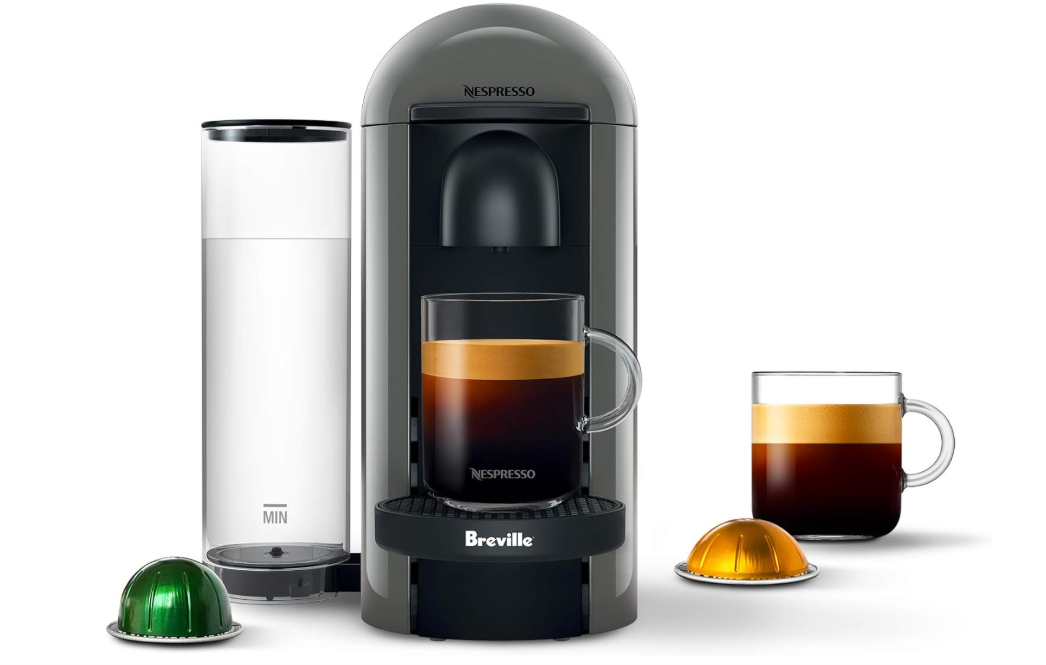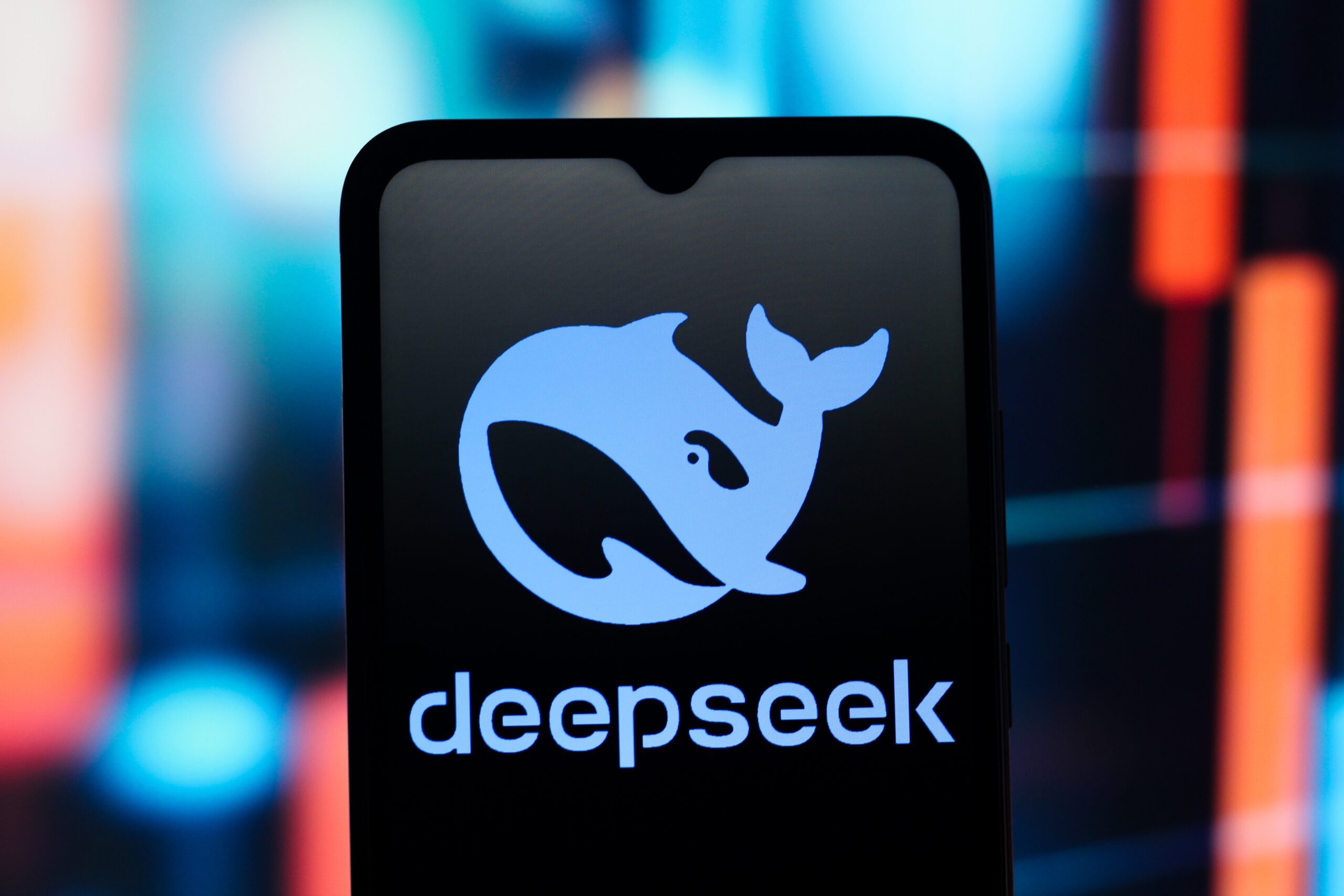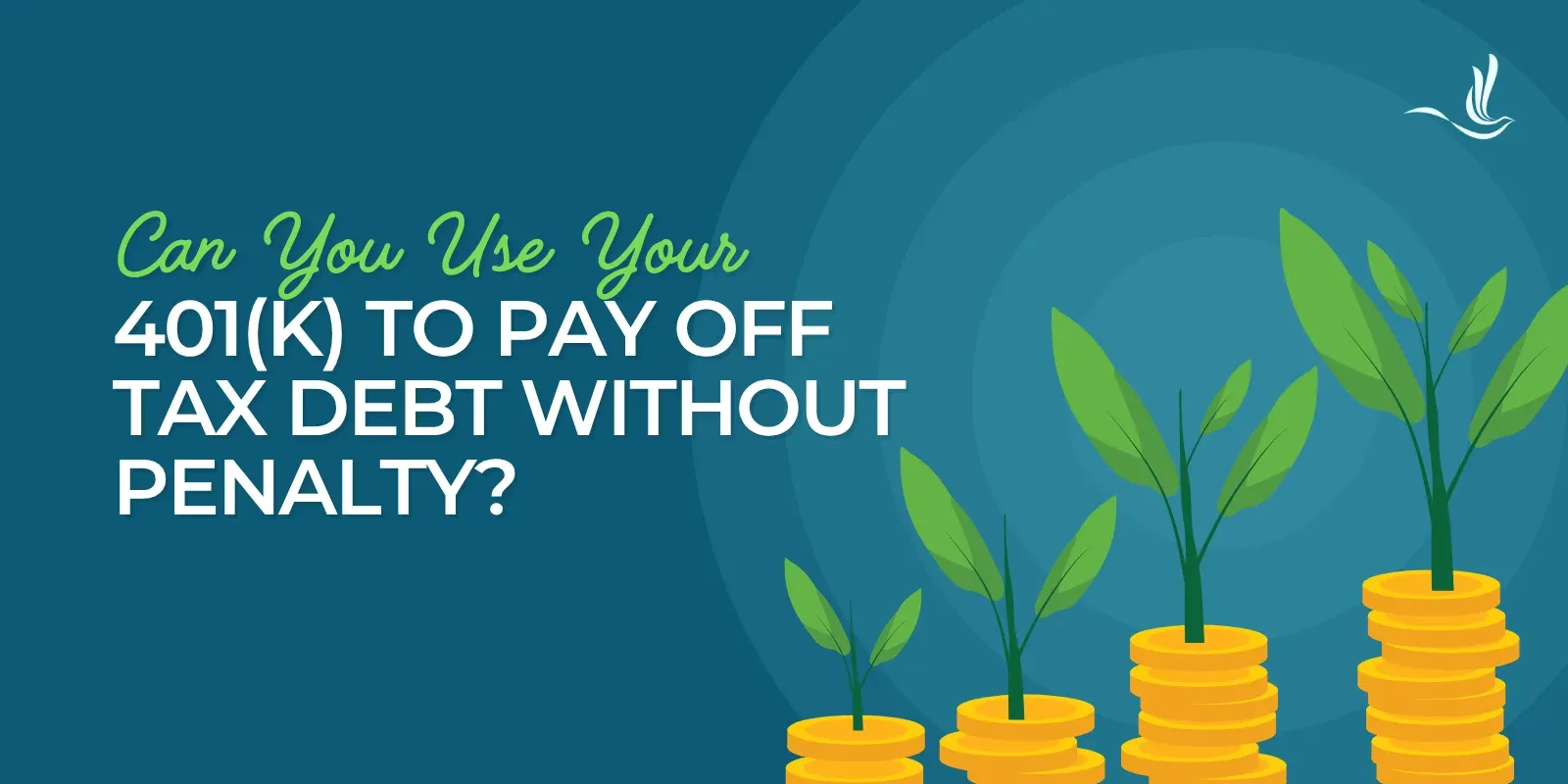While the average pharmacist we’ve advised has owed $215,000 of student debt, there’s a huge range around that number. You could owe $120,000 from attending a low-cost public pharmacy school, or you could just as easily owe $300,000 from attending a high-cost private school. Both institutions give you the same opportunity to work as a pharmacist.
Many pharmacy school rankings (like the ones provided by U.S. News & World Report) look at the research, faculty-to-student ratio, job placements and other quantitative and qualitative factors.
But we’re going to focus primarily on cost. If you’re a motivated individual, where you get your Doctor of Pharmacy program degree or Pharmaceutical Sciences degree won’t have the defining impact of what your final salary will be.
In pharmacy, the location of your job, the specialty you choose and the hours you work have a bigger impact than the name of the school you attend. You might make an argument that some schools have a better placement rate for the kind of pharmacy you want to do, which could be valid.
That said, we’ve never seen any positive difference in financial outcomes from attending a more expensive school. Here are the four different types of pharmacy schools ranked by how much or little they destroy your finances.
1.The best value: In-state, low-cost pharmacy schools 2. Tolerable: In-state, modest-cost pharmacy schools 3. Same education, more money: Out-of-state public pharmacy school cost 4. Private pharmacy schools: Most charge more than you can practically pay back 5.
How do 3-year pharmacy programs compare with 4-year programs? 6. Does the lowest pharmacy school cost even make sense? 7. What do these pharmacy school rankings say about investing in a PharmD? 8. You can achieve financial success as a pharmacist
The best value: In-state, low-cost pharmacy schools
According to the American Association of Colleges of Pharmacy (AACP), there are currently 143 colleges and schools of pharmacy in the U.S that are accredited by the Accreditation Council for Pharmacy Education.
The total combined enrollment of pharmacy students at those schools is over 60,000.
States with strong records of funding higher education often have attractively priced College of Pharmacy degree programs. A low-cost public pharmacy school generally costs $15,000 to $20,000 per academic year. Most of these programs are traditional four-year options.
Here’s a sampling of some of these top pharmacy schools in terms of cost. I’d rank these pharmacy schools (and any similarly-priced ones) at the top of my list if I was searching for programs.
Low-Cost Public Pharmacy Schools
Estimated Tuition And Fees For In-State Students
University of Montana
$57,624
University of Rhode Island
$65,288
University of Texas Tech
$75,938
University of Texas at El Paso
$76,000
University of Wyoming
$77,584
Keep in mind that on top of the tuition cost, you’ll need to borrow $15,000 to $25,000 per year to cover living expenses while you’re enrolled in the professional program.
That leads to an overall cost per year at the above schools of $120,000 to $160,000 before accounting for student health insurance.
Tolerable: In-state, modest-cost pharmacy schools
Once you get past the $120,000 to $160,000 lowest-cost public institutions, you run into public schools that receive less state funding and pass along the higher cost to students.
These Colleges of Pharmacy tend to charge $25,000 to $30,000 per year in tuition, resulting in total in-state tuition and mandatory fees costs ranging from close $100,000 to $115,000.
Modest-Cost Public Pharmacy Schools
Estimated Tuition And Fees For In-State Students
University of Cincinatti
$97,672
University of Oklahoma
$98,724
University at Buffalo (SUNY)
$105,800
University of Arizona
$109,600
Wayne State University
$113,788
After accounting for living expense, you can expect to pay $160,000 to $220,000 at these types of schools.
Same education, more money: Out-of-state public pharmacy school cost
Here’s a general rule of thumb we found from looking at pharmacy school cost data: The cheapest public pharmacy schools add on a tuition surcharge of about $20,000 per year on average for non-resident students. The modest-cost public pharmacy schools add on about $10,000 per year on top of their resident tuition. This is likely due to the difference in state support given to pharmacy programs in different states.
This makes a typical out-of-state pharmacy school education at a public university cost between $200,000 to $260,000. Pharmacy schools definitely try to admit as many out-of-state students as possible because it’s a huge revenue generator for them.
And note that your residency status for each school year will typically be the same as what it was in your first year.
The only rational reason I could see to attend an out-of-state program is if it’s the only public option you get into. Private pharmacy schools are generally more expensive than even high-cost, out-of-state public Colleges of Pharmacy. However, that’s not always the case.
Another reason to attend an out-of-state program would be if your significant other had a geographical requirement to be in a specific location. Otherwise, going out of state for pharmacy school is an expensive proposition and falls into the third tier of the pharmacy school rankings.
Ask Me About Your Pharmacy School Student LoansPrivate pharmacy schools: Most charge more than you can practically pay back
Private pharmacy schools typically charge between $30,000 and $60,000 per year in tuition and fees.
These schools frequently are located in higher-cost-of-living areas, requiring additional borrowing to pay for rent in Boston or San Francisco.
I would put a private school in the fourth tier of the pharmacy school rankings. Here are some examples below.
Private Pharmacy Schools
School-Estimated Cost of Attendance
Touro University California
$172,800
University of New England
$180,560
Northeastern University
$226,000
Roseman University of Health Sciecnes
$229,740
University of Southern California
$250,204
The total cost of attendance ranges from $220,000 to $350,000 for private pharmacy schools.
How do 3-year pharmacy programs compare with 4-year programs?
Some private institutions offer three-year programs that could make sense for some professional students. For example, the LECOM Erie School of Pharmacy offers a three-year pathway that supposedly has a tuition cost of around $90,000. Depending on where you live, that could lead to a total cost of $160,000 to $170,000.
The Thomas J.
Long School of Pharmacy and Health Sciences at the University of the Pacific also has a three-year program that costs $219,710.
If you’ve decided to go to a private pharmacy school, you’re generally better off going to a three-year program instead of four years. This is because of the extra year of salary you get from a three-year program along with one less year of borrowed living costs.
Comparing a 3-year PharmD program grad to a bachelor’s degree grad
Let’s assume you could graduate with a Bachelor of Science and earn $50,000 adjusted upwards for inflation. You save 25% of your income. Or you could go with LECOM’s three-year pharmacy degree with a starting salary of $120,000.
According to the Bureau of Labor Statistics (BLS), the median pay for pharmacists in 2020 was $128,710.
Here’s a table of what your finances would look like:
Year
B.S. Degree Portfolio
PharmD Portfolio
B.S. Degree Salary
PharmD Salary
1
$13,125
-$58,229
$50,000
$0
2
$26,644
-$119,952
$51,500
$0
3
$40,568
-$185,379
$53,045
$0
4
$54,910
-$153,879
$54,636
$120,000
5
$69,682
-$121,434
$56,275
$123,600
15
$244,111
$261,670
$75,629
$166,108
Using their optimistic salary assumption, the financial breakeven for a new PharmD grad would be 15 years after undergrad graduation. You’re finally 37 and can start making some real money!
Comparing a PharmD to a B.S.
Degree
However, many new pharmacist grads don’t experience this level of pay. We’re hearing stories of $90,000 to $100,000 salaries for many pharmacists, especially in areas where there are plenty of new grads. Also, many pharmacists must now do Postgraduate Year One (PGY1) and Postgraduate Year Two (PGY2) to get into the specialties they want.
Here’s the new breakeven after accounting for two years of residency with a terminal $100,000 salary adjusted upwards for inflation:
Year
B.S. Degree Portfolio
PharmD Portfolio
B.S.
Degree Salary
PharmD Salary
1
$13,125
-$58,229
$50,000
$0
2
$26,644
-$119,952
$51,500
$0
3
$40,568
-$185,379
$53,045
$0
4
$54,910
-$172,254
$54,636
$50,000
5
$69,682
-$158,735
$56,275
$51,500
6
$84,898
-$132,485
$57,964
$100,000
22
$400,795
$412,507
$93,015
$160,471
That adds an additional seven years to break even. If you’re 22 at undergrad graduation, now you’re 44 years old before you begin to see financial returns from your PharmD compared to a simple bachelor’s degree.
Does the lowest pharmacy school cost even make sense?
The cheapest traditional programs like the one for University of Texas at El Paso are four years. How would that look if you were able to find very inexpensive living accommodations and pay just under $120,000 for your PharmD?
Year
B.S. Degree Portfolio
PharmD Portfolio
B.S.
Degree Salary
PharmD Salary
1
$13,125
-$31,348
$50,000
$0
2
$26,644
-$64,578
$51,500
$0
3
$40,568
-$99,801
$53,045
$0
4
$54,910
-$137,137
$54,636
$0
5
$69,682
-$105,637
$56,275
$120,000
6
$84,898
-$73,192
$57,964
$123,600
7
$100,570
-$39,774
$59,703
$127,308
15
$244,111
$266,308
$75,629
$161,270
The breakeven is almost exactly the same as the three-year option from LECOM — 15 years after undergrad.
If you use the same PGY1 and PGY2 salary assumption with a $100,000 salary after, the breakeven for one of the cheapest four-year programs for pharmacy school is in year 21. So a bit better than the 3-year option with the same set of assumptions, but not much.
What do these pharmacy school rankings say about investing in a PharmD?
These are the break-evens for the lowest-cost PharmD programs in the nation. It’s clear to me that if your goal is having options in life, maximizing your finances and minimizing your stress levels, becoming a pharmacist at today’s pharmacy school cost levels is probably a sub-optimal decision in 2021.
If you already have this level of debt, there are ways to drop that break-even point to a younger age. You can be more frugal and make better use of pretax retirement accounts.
You could also optimize Public Service Loan Forgiveness (PSLF) at a nonprofit employer. We help with all of these decisions professionally.
If you haven’t started your pharmacy education yet, I recommend that apply for as many scholarships as you can. And make sure that you fill out the Free Application For Federal Student Aid (FAFSA) each year. Even if you aren’t eligible for federal financial aid, you may find out that you qualify for state-based or merit-based funding.
You can achieve financial success as a pharmacist
The pharmacy profession is definitely not all doom and gloom.
You can be a super successful pharmacist. One pharmacist even achieved financial independence and co-founded a podcast likely valued over seven figures.
A lot of your financial future will hinge on what your savings rate is. If you plan to put 10% to loans and investments, you’ll work until your mid-70s. If 30% of your pay goes to loans and investments, you’ll likely be able to retire in your mid-50s.
The point is, if you or someone you know is making the decision today whether or not to go, I think there are better career options for most people out there financially unless your only passion is pharmacy.
The job market for pharmacists overall has radically changed in the past 20 years.
That just means you need to be smarter with your decision making.
Pharmacy school rankings in 2021 should be based on how fast they can get you a degree and how cheap that cost is to get you there. Most other metrics are fluff.
Get a Student Loan Plan Refinance student loans, get a bonus in 2021 $1,050 BONUS1 For 100k+. $300 bonus for 50k to 99k.1 VISIT COMMONBOND Variable 2.49-6.84%%1 Fixed 2.59-6.74%1 $1,000 BONUS2 For 100k or more. $200 for 50k to $99,9992 VISIT EARNEST Variable 1.88-5.64%2 Fixed 2.50-5.79%2 $1,050 BONUS3 For 100k+. $300 bonus for 50k to 99k.3 VISIT LAUREL ROAD Variable 1.64-5.65%3 Fixed 2.25-5.75%3 $1,275 BONUS4 For 150k+. Tiered 300 to 575 bonus for 50k to 149k.4 VISIT ELFI Variable 2.39-6.01%4 Fixed 2.58-5.99%4 $1,000 BONUS5 For 100k+. $300 bonus for 50k to 99k.5 VISIT SPLASH Variable 1.88-6.15%5 Fixed 2.49-6.31%5 $1,000 BONUS6 For $100k or more. $200 for $50k to $99,9996 VISIT SOFI Variable 2.25-6.59%6 Fixed 2.74-6.94%6 $1,250 BONUS7 For 100k+ or $350 for 5k to 100k.7 VISIT CREDIBLE Variable 1.81-8.90%7 Fixed 2.15-9.15%7 $1,250 BONUS8 For 150k+. Tiered 100 to 400 bonus for 25k to 149k.8 VISIT LENDKEY Variable 1.91-7.69%8 Fixed 2.95-8.49%8All rates listed above represent APR range. 1Commonbond: If you refinance over $100,000 through this site, $500 of the cash bonus listed above is provided directly by Student Loan Planner.
Commonbond disclosure. 2Earnest: $1,000 for $100K or more, $200 for $50K to $99.999.99. For Earnest, if you refinance $100,000 or more through this site, $500 of the $1,000 cash bonus is provided directly by Student Loan Planner. Rate range above includes optional 0.25% Auto Pay discount. Earnest disclosures. 3 Laurel Road: If you refinance more than $250,000 through our link and Student Loan Planner receives credit, a $500 cash bonus will be provided directly by Student Loan Planner.
If you are a member of a professional association, Laurel Road might offer you the choice of an interest rate discount or the $300, $500, or $750 cash bonus mentioned above. Offers from Laurel Road cannot be combined. Rate range above includes optional 0.25% Auto Pay discount. Laurel Road disclosures. 4Elfi: If you refinance over $150,000 through this site, $500 of the cash bonus listed above is provided directly by Student Loan Planner.
Elfi disclosure. 5Splash: If you refinance over $100,000 through this site, $500 of the cash bonus listed above is provided directly by Student Loan Planner. Splash disclosure. 6 Sofi: If you refinance $100,000 or more through this site, $500 of the $1,000 cash bonus is provided directly by Student Loan Planner. Rate range above includes optional 0.25% Auto Pay discount. Sofi disclosures. 7Credible: If you refinance over $100,000 through this site, $500 of the cash bonus listed above is provided directly by Student Loan Planner.
Credible disclosure. 8LendKey: If you refinance over $150,000 through this site, $500 of the cash bonus listed above is provided directly by Student Loan Planner. Rate range above includes optional 0.25% Auto Pay discount.
Not sure what to do with your student loans?Take our 11 question quiz to get a personalized recommendation of whether you should pursue PSLF, IDR forgiveness, or refinancing (including the one lender we think could give you the best rate).
Take Our QuizOriginal Article





